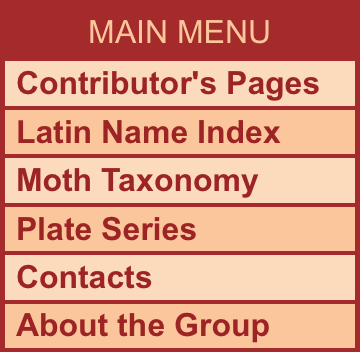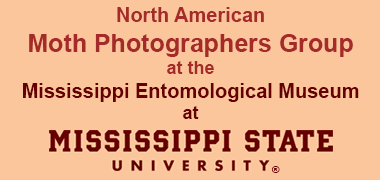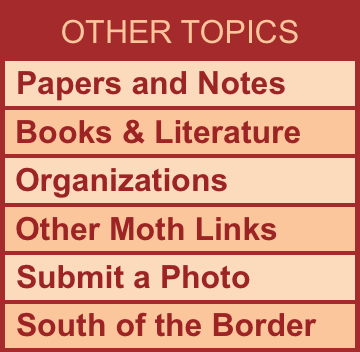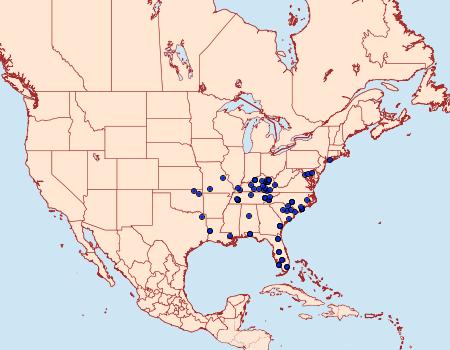Erebidae
930218 –
8045 Crambidia lithosioides
Dyar, 1898
|
|
|
| Photographs are the copyrighted property of each photographer listed. Contact individual photographers for permission to use for any purpose. |
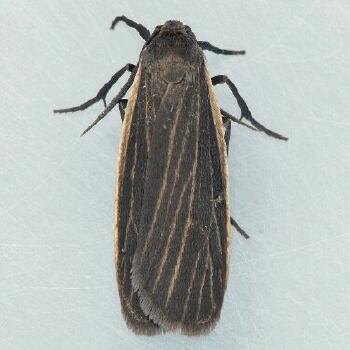
© Mark Dreiling - DNA
|
Larva and
Host Plants: |
Host familiy: Chaetophoraceae[Protococcaceae][Algae] Lichens[none_specified]. Host genera: Lichens Protococcus[Algae]. Notes: lichens (Heppner 2007). (Shropshire & Douglas 2025) |
Description/
Field Marks: |
♂ has pectinate antennae (bristles on each segment thickened in the basal half, not threadlike throughout); ♀ has serrate antennae. Wingspan: ♂ = 12 mm, ♀ = 18 mm (Forbes 1960). |
| Similar Species: |
- 930219 Crambidia pallida: both sexes have ciliate antennae. Strong light colored bar at the distal end of the forewing cell, paler ground color, and larger size usually separates this from uniformis. Wingspan = 20-25 mm (Forbes 1960).
- 930220 Crambidia uniformis: ♂ has ciliate antennae; ♀ has filiform antennae. Wingspan = 18 mm (Forbes 1960).
- Pinned specimens of related species. (Hint: select View by Region on the related species page.)
|
| Synonymy: |
lithosioides Dyar, 1898 (Crambidia) - MONA 1983: 8045; TL: Texas. |
|
| References (Caution: DNA barcoding at BOLD provides evidence of relatedness, not proof of identification; some BOLD specimens shown may not be sequenced.) |
- Barcode of Life (BOLD) - Caution: Identifications often erroneous; DNA barcode provides evidence of relatedness, not proof of identification; many specimens not sequenced.
- Barcode of Life (BOLD) - BIN: BOLD:AAA5564 - Caution: DNA barcode provides evidence of relatedness, not proof of identification.
- Dyar, H.G., 1898. New American Moths and Synonymical Notes. Journal of the New York Entomological Society, 6: 33.
- Forbes, W.T.M., 1960. Lepidoptera of New York and Neighboring States Part IV. Agaristidae through Nymphalidae Including Butterflies. Cornell University Agriculture Experimental Station Memoirs, 371: 42.
- Hall et al., 2021. The Moths of North Carolina - website (identification, habitats and life history)
- Shropshire, K.J. & D.W. Tallamy, 2025. Lepidoptera of North America, north of Mexico: an annotated list containing geographic ranges and host-plant records. ZooKeys, 1261: 101-113; Suppl. 1. (PDF or read online)
- Species Page at BugGuide.Net
- Species Page at Moths of North Dakota
- Species Page at iNaturalist
|
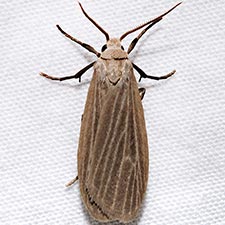
© Ken Childs - LG

© Ken Childs
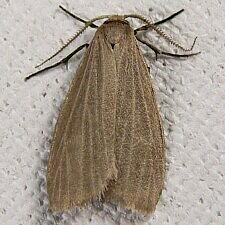
© Bob Patterson
|
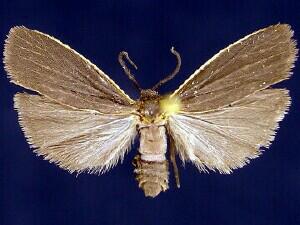
20mm – © Jim Vargo
|
